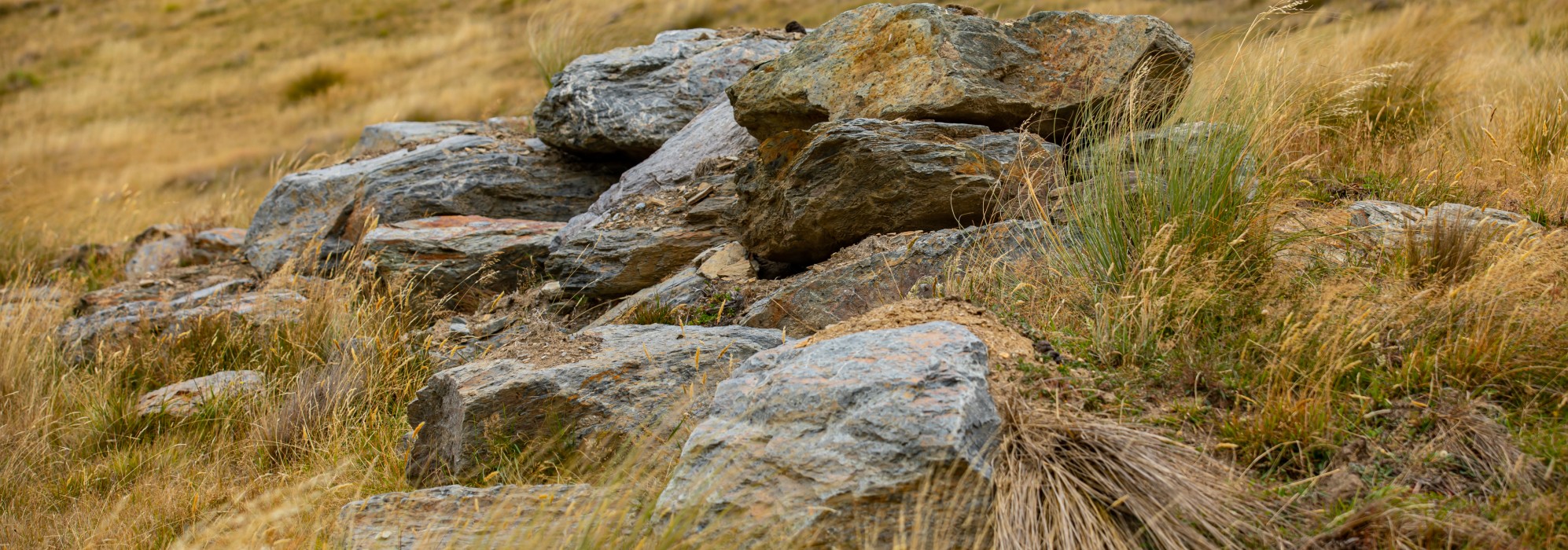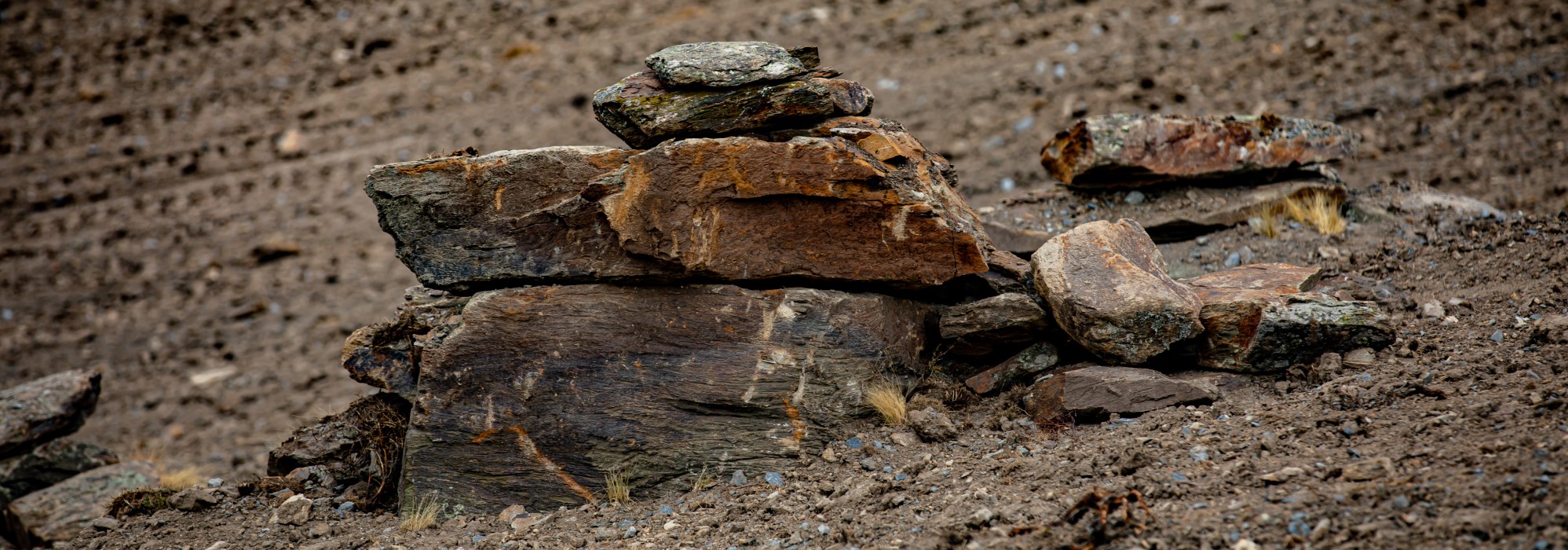Our Deepdell North Stage Three Project at the Macraes Operation will unlock future development opportunities at the mine, extending its life by two years. The local community, iwi (Maori) and government contributed to the final design and helped improve biodiversity outcomes.
In late 2020, the Macraes Operation in the South Island of New Zealand consented (permitted) three projects that extended the life of the mine to at least 2028. One of these projects was the Deepdell North Stage Three Project, which expands the existing Deepdell Open Pit.
For the operation, extending the mine’s life means continuing to support jobs, partnerships and making a meaningful economic, social and environmental contribution.
The project includes extending the open pit and creating a new waste rock stack. In developing the project plans, the Macraes Operation hosted a series of meetings and site visits with representatives from the Macraes community, the Department of Conservation, iwi, and the Otago Regional and Waitaki District Councils.
The Macraes Operation’s Environment and Community Manager, Gavin Lee, said they investigated a range of designs to balance technical, social and environmental values.
“We worked methodically through the mitigation hierarchy with stakeholders. That starts with avoidance and ends with delivering positive social and environmental outcomes,” Gavin said.
“It’s not about choosing social or environmental values over commercial; we believe we have an operation that delivers both,” he said.
“We knew there was likely going to be differences of opinion when it came to our mine design and we wanted to understand those views early. In line with the Informed Consultation and Participation (ICP) principles, we hosted onsite meetings to bring the Councils, Department of Conservation and members of the local community. We provided an outline of our preliminary mine design and asked them to share their thoughts. It was a powerful experience as they weren’t just talking to us, they were talking to each other. We then had ongoing individual conversations to discuss potential issues and proposed mitigations.”
“As a result of the stakeholder feedback and analysis undertaken during this process, it became clear that the original preferred option had serious flaws and we needed to go back to the drawing board and redesign the waste rock stack at a much better location. This meant we would better-balance our overall impact and contribute to long-term social and ecological benefits to the region.”
“The final design allows for better water management and control of downstream water quality to avoid impacts to threatened flora and fauna species, habitats and heritage features. And its location ensures amenity impacts (such as noise) on the closest neighbour were minimised.”
To demonstrate no net loss of biodiversity (meaning, the biodiversity condition is as good, or better, as a result of mining), OceanaGold methodically stepped through the other elements of the mitigation hierarchy: minimise, restore, offset and compensate.
Some habitat clearing for the mine’s operations cannot be avoided, so the Macraes Environment and Community Team worked with the local farming community to identify appropriate locations for biodiversity offsets. With the help of ecologist, Mike Thorsen, from Ahika Limited, OceanaGold agreed with a local farmer to conserve an ephemeral wetland (a wetland that is wet only seasonally or in wet years).
“A farmer, an ecologist and a miner in a discussion sounds like the start of a bad joke, but we were able to establish benefits for each party,” Gavin said.
“Another aspect that cannot be avoided is impacts to lizard populations. This is inherently important for the Otago region, which is rich in biodiversity. The Macraes area is well is known for its vibrant landscape, including an abundant lizard habitat,” he said.
As part of the commitment to no net loss of lizard populations for the project, the team worked closely with the Department of Conservation and iwi to relocate two threatened lizard species. This was completed in early March 2021, and the team successfully relocated 1,200 Korero Geckos (found in the crevices of rocky tors – a large, freestanding rock outcrop) and 250 Southern Grass Skinks (which like to live in moist, grassy areas).
“We are doing more than just relocating the lizard populations. We are also re-establishing their habitat on our rehabilitated waste rock stacks and we are committed to helping the lizard populations thrive through a multifaceted 10-year research program,” Gavin said.
“As an industry, we are responsible for the legacy we leave for the communities in which we work, and that goes for all creatures – great and small,” he said.


Photos of the construction of rocky tors, providing lizard habitats as part of the progressive rehabilitation program at Macraes.

